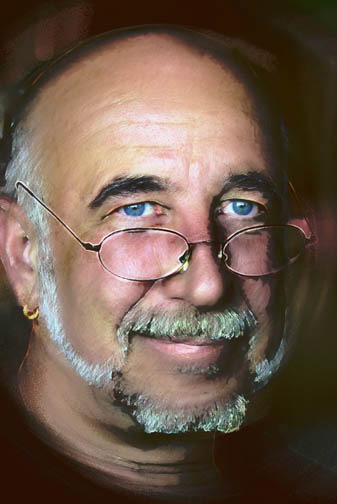
I spent a great deal of time & care in the finishing processes to develop the "complexion" of their surfaces without disturbing delicate details. Much attention was paid to the interiors, which will help the mold quality as well as sweeten the sound by fining the proportions in a way almost impossible to perceive in the wax.
I can actually hear the resonance now that they are translated into metal... but that is affected unduly by the fact the sprues add considerable weight which will ultimately be gone.
Polished interior surfaces will allow smoother release of the wax injection from the mold...
[Note: Click on the photographs to view at larger size...]

Notice the tidy new buttons replacing those crude ones used for the first casting... These will connect tightly to the nozzle of the injector shown at the bottom of this post, if your curiosity is impatient. They will build that capability into the molds which are next to be made in this series of rather technical processes bringing the designs into production.


I use a silicone rubber, which comes in strips protected by sandwiching layers of slick thick paper which curls as it is peeled off the soft unvulcanized sheet .25 inches thick... it resembles putty in texture. It cuts easily with scissors to fit inside the aluminum mold frames, stacking & mushing around the polished master suspended inside but still connected to the outside via the button & sprue.
Since one cannot write on the silicon rubber with any permanence, I embed a tag of brass or aluminum thin enough to emboss identification of the design, which becomes then part of the surface of the mold during the vulcanization process, which takes place under the heat & pressure between the plattens of this press.

At just above 300 degrees... & all the pressure I can build with the screw... the rubber solidifies into a tough flexible solid block surrounding the master inside.

Out of the mold frame the molds await my attentions with a scalpel to cut this block open in such a manner that it will release the metal master & then fit tightly back together again.

Beginning at the cavity left by the button I follow the sprue into the block with my knife... cutting the keys which will lock the two halves back together. I must "think inside out" as I prepare this solid rubber version of what is negative space in the normal world.
This becomes a birthing process of sort... leaving the space shaped by that master, ready & waiting to become filled, with melted wax this time... again & again... making production copies of this design in wax. A wax which makes the plaster waste mold, as described in the previous post. Remember that a wax is melted for each metal bell, hence: "lost wax casting".


I used toothpicks to keep the springy rubber half cut mold open enough to make the photograph.


The wax injector is simply a tank of molten wax with a tight lid & under pressure from an air compressor or even a bike pump... it only uses about 4 psi. By inserting the pressure sensitive nozzle into the button/receptacle of the mold which is held tightly together with both hands, one pushes to allow the wax to enter & fill the mold. After several minutes to cool & harden the mold is opened to release the wax, which must next be touched up to repair the parting lines left by the mold seams.

The bell mold has three pieces... one pulls out of the core of the bell first, while it is being hugged securely by the outside halves.

Here the molds lay open to expose the injections...

This is the resulting production wax, prematurely assembled for one more portrait of thois stage in the new life becoming the SEA HORSE Bell.
The molds are now at the foundry & I am anxiously waiting for the first prototypes in silver... savoring my anticipation to actually hear its voice at last. Because all these processes change the bell's size & proportion due to shrinkage, from hot to cold in both wax & metal, this then holds the final mystery!











